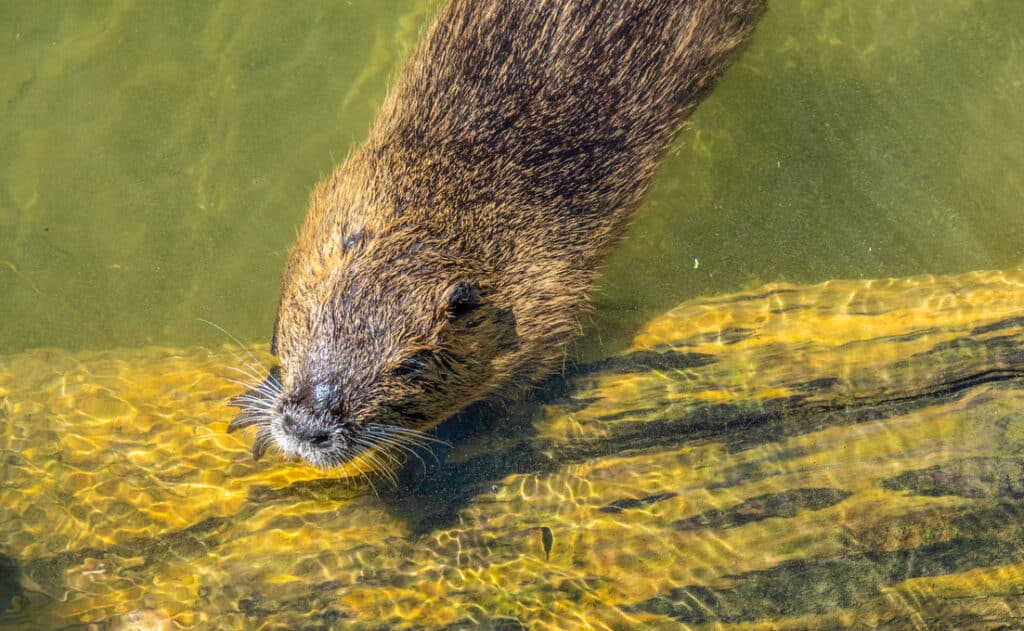Facts about the Pine Marten
Scientific name: Martes martes
At a glance
- Mostly restricted to Scotland with increasing numbers in northern and southern England and Wales
- Predates on non-native Grey Squirrels significantly more than on native Red Squirrels
- If we want to see more Pine Martens we need to plant more woodland

Short-legged, bushy-tailed, cat-sized mustelids (members of the weasel family), martens are largely nocturnal and found in forests across the colder parts of the northern hemisphere.
Of eight species worldwide, the Pine Marten is found throughout Europe, but in the UK they are mostly restricted to northern and central Scotland, with some populations in southern Scotland and low numbers in northern England and Wales.
Classified as carnivores, Pine Martens are actually highly opportunistic animals with a varied diet and will eat what is locally plentiful. Their scats (or faecal droppings) can contain fur, feathers or the bone fragments of small mammals. Brightly coloured blue or red scats are sometimes found, evidence that a Pine Marten has been eating a lot berries.
The Pine Marten used to be a relatvely common mammals, but today they are one of the rarest native mammals in Britain. The clearance of woodlands and hunting and fur trapping were partly to blame, but evidence points to the extensive deliberate persecution of martens on shooting estates that caused populations to crash.
By 1915 just small populations survived in Wales and the Marches and in areas of northern England, with relatively strong populations still present in parts of the Scottish Highlands.
Today, Pine Martens and their dens are protected by the Wildlife and Countryside Act 1981 (as amended) and by the Nature Conservation (Scotland) Act 2004. It is an offence to intentionally or recklessly kill, injure or capture a Pine Marten or disturb one in its den. Numbers are slowly recovering and recent estimates suggest there are about 3,000 in Ireland and 9,000 in the UK – most are in Scotland with just around 100 thought to be in England. Between 2015 and 2017 the Vincent Wildlife Trust translocated Pine Martens to mid-Wales from Scotland, resulting in the re-establishment of a viable population there. They are however naturally spreading from southern Scotland and re-colonising parts of Northumberland and Cumbria.
Between 2019 and 2021, Pine Martens were reintroduced to the Forest of Dean in Gloucestershire. In early 2024 it was reported that Pine Martens are now present across the New Forest and successfully breeding there.

Ironically, after decades of persecution by landowners, it may be landowners that push to save them. Many landowners, especially foresters, consider the introduced Grey Squirrel to be a ‘pest’. Research by Queen’s University in 2020 discovered that Pine Martens predate on non-native Grey Squirrels significantly more than native Red Squirrels. Adapted to pursue prey into small ‘hidey holes’, such as dreys that other predators cannot access, Pine Martens may also preferentially hunt Greys as they are larger and heavier and can not escape to the end of thin branches in the way that the far lighter Reds can.
Unfortunately the same research suggested that even if Greys were driven out of rural areas, their populations would be constantly replenished from cities where they thrive. And that Pine Martens won’t go into urban areas.
